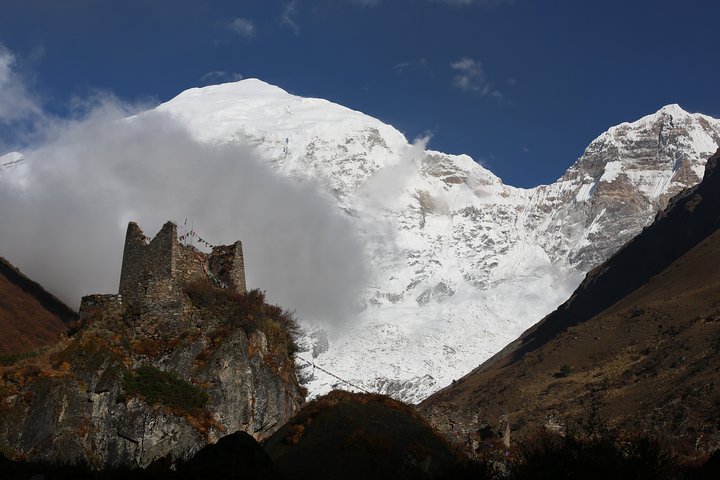Exploring Bhutan’s Pristine Wilderness: A 16-Day Trekking Adventure
Drawn by Bhutan’s untouched beauty and commitment to conservation, I embarked on the 16-day Jumolhari Combo Trek. Join me as I recount the breathtaking landscapes, cultural encounters, and sustainable practices that made this journey unforgettable.
Arrival in Paro: A Warm Welcome to Bhutan
As our plane descended into Paro International Airport, I was immediately struck by the breathtaking beauty of Bhutan’s landscape. The lush green valleys and towering mountains were a sight to behold, and I felt a sense of excitement and anticipation for the journey ahead. Upon arrival, we were greeted by our guide, Lobsang, whose warm smile and friendly demeanor set the tone for the entire trip. His knowledge and passion for Bhutan’s culture and environment were evident from the start, and I knew we were in good hands.
Our first stop was the majestic Rinpung Dzong, a fortress that stands proudly along the Paro River. The intricate architecture and rich history of the Dzong were fascinating, and I couldn’t help but admire the way Bhutan has preserved its cultural heritage. As we explored the Dzong, Lobsang shared stories of Buddhist saints and the significance of the Thongdrel, a massive applique that is displayed only once a year. It was a humbling experience to witness such a revered piece of Bhutanese culture.
Trekking Through Untouched Nature: The Jumolhari Combo Trek
The highlight of our trip was undoubtedly the 16-day Jumolhari Combo Trek, a journey through some of Bhutan’s most pristine and untouched landscapes. The trek combined four popular routes: Jumolhari, Laya Gasa, Druk Path, and Naro Trek, offering a diverse and awe-inspiring experience. As an advocate for sustainable tourism, I was thrilled to see how the trek was designed to minimize environmental impact while providing an authentic connection to nature.
Each day brought new adventures and challenges, from hiking through dense pine forests to crossing high mountain passes with panoramic views of the Himalayas. The support team, including local guides and donkeys, played a crucial role in ensuring our trek was smooth and enjoyable. Their expertise and dedication to preserving the natural beauty of the region were truly commendable.
One of the most memorable aspects of the trek was the opportunity to interact with local communities. We visited remote villages where we were welcomed with open arms and had the chance to learn about traditional Bhutanese customs and way of life. These interactions were a reminder of the importance of cultural preservation and the role tourism can play in supporting local economies.
A Journey of Reflection and Connection
As our trek came to an end, I found myself reflecting on the profound impact of this journey. Bhutan’s commitment to environmental conservation and cultural preservation resonated deeply with me, and I felt inspired to continue advocating for sustainable travel practices. The beauty of Bhutan’s landscapes and the warmth of its people left a lasting impression, and I was grateful for the opportunity to experience such a unique and untouched part of the world.
Our final days in Bhutan were spent exploring the capital city of Thimphu, where we visited the Tashichho Dzong and the Motithang Takin Preserve. These sites offered a glimpse into Bhutan’s modern development while maintaining its traditional charm. As we bid farewell to Lobsang and the beautiful country of Bhutan, I felt a renewed sense of purpose in my work as a travel writer and environmental advocate.
The 16-day Jumolhari Combo Trek was more than just a trek; it was a journey of discovery, connection, and reflection. For those seeking an adventure that combines natural beauty, cultural immersion, and sustainable travel, I highly recommend this trek in Bhutan.

















